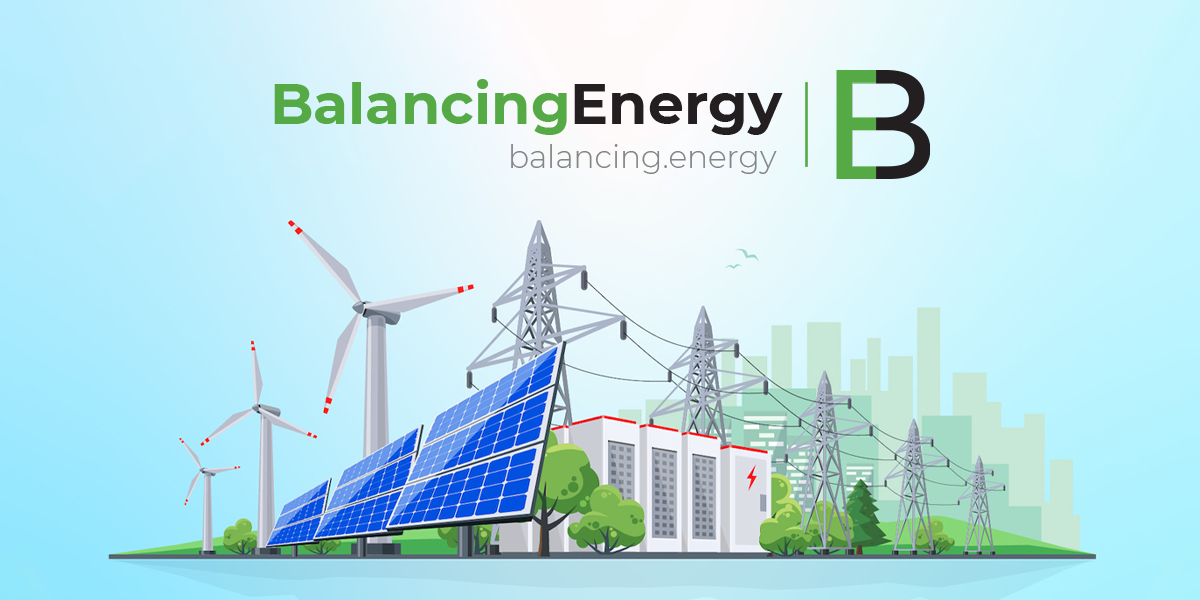The Romanian Ministry of Energy and Japan’s Itochu Corporation have signed a Memorandum of Understanding (MoU) to develop the Tarnita-Lapustesti pump-storage hydropower plant, a strategically important project for enhancing Romania’s energy grid stability. The project, located 30 kilometers northwest of Cluj-Napoca, is a key component of Romania’s national energy strategy and aims to address energy imbalances, particularly those caused by the intermittent nature of renewable energy production.
At the Romania-Japan Energy Forum, Energy Minister Sebastian Burduja highlighted that this partnership underscores Romania’s commitment to becoming a regional leader in renewable and nuclear energy. He emphasized that the collaboration with Japan will bring significant technological expertise to Romania, advancing the country’s energy transformation and helping ensure a more competitive, secure, and sustainable energy future. Minister Burduja also outlined the broader scope of future cooperation, which could include projects in energy storage, hydrogen and blue ammonia production, uranium extraction, carbon capture, and more—sectors that could involve billions of euros in investment and create thousands of new jobs.
The Tarnita-Lapustesti hydropower plant, with a planned capacity of 1,000 MW (comprising four 250 MW units), is designed to provide critical grid balancing by storing excess energy when supply exceeds demand and releasing it when there is a shortfall. This capability is particularly important as Romania increases its share of renewable energy production, which can be variable. The plant will be able to function both as a producer and consumer of electricity, depending on system needs, making it an essential asset for energy stability.
The project has been a long-standing priority in Romania’s energy strategy, initially outlined in the 2007-2020 National Energy Strategy. The government also presented other major energy initiatives, including the construction of Units 3 and 4 at the Cernavoda nuclear power plant and the Doicesti small modular reactor (SMR) project, inviting Japanese partners to share their advanced technology and expertise.
In 2016, a consortium of three Chinese companies—China Gezhouba Group, China Huadian Engineering, and Huaneng Lancang River Hydropower—submitted a preliminary bid for the construction of the Tarnita-Lapustesti plant, but the new collaboration with Itochu Corporation marks a significant step forward in the development of the project.
This partnership with Japan is seen as a critical move in Romania’s pursuit of energy security, affordable energy prices, and sustainable growth, ensuring that the country remains competitive and resilient in the evolving European energy landscape.










